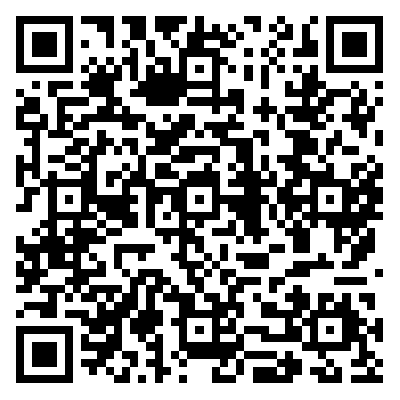Mastering the Parallel Gauge: Tips and Tricks for Accurate Measurements
Release time:
2025-07-03
Unlock the secrets of using aparallel gauge effectively with these essential tips and considerations.
Understanding the Parallel Gauge
Hey there, curious minds! If you’re diving into the world of precise measurements, you’ve probably come across the term parallel gauge. This nifty tool is essential for ensuring that surfaces are perfectly parallel to each other—a must-have for any craftsman or DIY enthusiast. But before you rush off to buy one, let’s explore some important considerations that you should keep in mind!
What is a Parallel Gauge?
So, what exactly is aparallel gauge? Simply put, it’s a measuring instrument designed to help you check the parallelism of surfaces. Whether you’re calibrating a machine or setting up a woodworking project, this gadget can save you a ton of time and headaches. It typically consists of a set of rods or blades that can be adjusted to measure gaps between surfaces accurately.
Why Use a Parallel Gauge?
Now, you might be wondering, "Why should I bother with aparallel gauge?" Well, the answer is simple: accuracy! When working on projects where precision is critical, even a tiny miscalculation can lead to major issues down the line. Aparallel gauge ensures that your surfaces are aligned, reducing the risk of errors and enhancing the overall quality of your work.
Key Features to Look For
Alright, let’s get into the nitty-gritty. When you’re shopping for aparallel gauge, here are some features you should definitely keep in mind:
- **Material**: Go for durable materials like stainless steel to ensure longevity.
- **Adjustability**: Look for models that allow you to tweak the width easily.
- **Accuracy**: Check the manufacturer’s specifications—accuracy is non-negotiable!
Common Mistakes to Avoid
Okay, so you’ve got yourparallel gauge. Awesome! But before you start measuring, let’s discuss some common pitfalls:
- **Ignoring Calibration**: Always calibrate your gauge before use. A quick check can save you a heap of trouble!
- **Overlooking Surface Conditions**: Make sure the surfaces you're measuring are clean and free from debris. A speck of dust can throw off your readings.
- **Rushing the Process**: Patience is key! Take your time to set up the gauge correctly; good things come to those who wait!
Using Your Parallel Gauge: Step-by-Step
Here’s a quick and easy step-by-step guide for using yourparallel gauge like a pro:
- Set Up: Position the gauge between the surfaces you wish to measure.
- Adjust: Fine-tune the gauge until it fits snugly.
- Measure: Check the readings carefully. If the gauge is level, your surfaces are parallel!
- Double-Check: Always do a second measurement to confirm your results.
Maintenance Tips
To keep yourparallel gauge in tip-top shape, regular maintenance is essential. Here are a few quick tips:
- **Clean after Use**: Wipe it down to remove any dust or debris.
- **Store Properly**: Keep it in a protective case to prevent damage.
- **Check Regularly**: Make it a habit to inspect your gauge for any signs of wear.
Conclusion
In conclusion, mastering the use of a parallel gauge can enhance your craftsmanship and ensure precision in your projects. By keeping these tips and tricks in mind, you’ll not only save time but also improve the quality of your work. So, what are you waiting for? Grab your gauge and get measuring!
parallel gauge
Previous article
Related News
Service Hotline
Jinan Huaguo Granite Precision Measuring Strument Co. , Ltd.
Telephone:+86-13706412378
E-mail:huaguo@cnhreat.cn
Address: Wuniushan West Village, Huashan Town, Licheng District, Jinan City
Shandong HREAT Precision Machinery Co, Ltd
Telephone:+86 15588851801
Address: Dezhou City, Shandong Province, China




